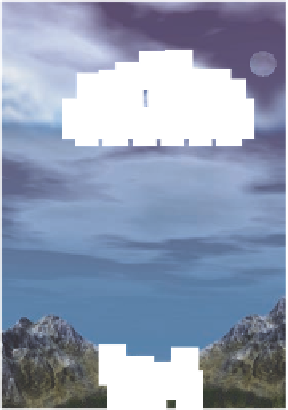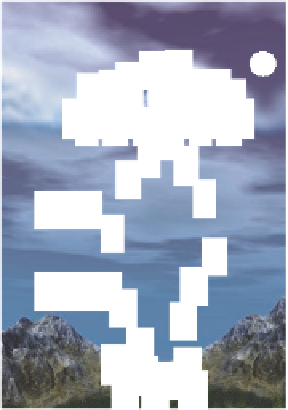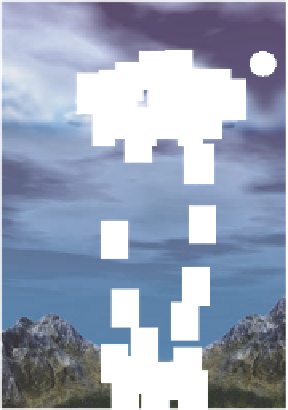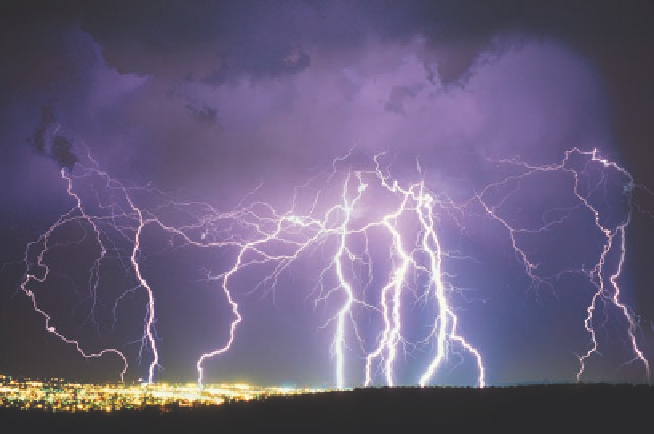Geoscience Reference
In-Depth Information
Positive charges
at tops of clouds
+
+
+
+
+
+
+
+
+
+
+
+
+
+
+
+
+
+
+
+
+
+
+
-
-
-
-
-
-
-
-
-
-
+
-
-
-
-
-
-
-
Charge separation
+
+
+
+
-
-
- -
-
-
-
-
-
-
-
-
- -
-
-
-
Negative charges
(electrons) at bottoms
of clouds
Negatively charged
electrons flow
to ground (leader)
-
-
-
Leader
-
-
+
Streamer
+
+
+
Positive charges in
ground attracted to
negative charges
in clouds
Positive charges rise
into objects on ground
(streamer)
+
+
+
+
+
+
+
+
+
+
+
+
+
+
+
+
+
+
+
+
(a)
(b)
+
+
+
+
+
+
+
+
+
+
+
+
+
+
+
+
+
+
+
+
+
+
+
-
-
-
-
-
-
-
-
-
-
+
+
+
-
-
- -
-
-
-
-
-
-
-
-
+
-
+
-
-
-
Negative charges
drained from cloud
+
Positive and negative
charges meet in air,
completing a circuit
-
+
-
+
+
+
+
+
+
+
+
+
+
+
+
+
+
+
+
+
+
+
+
+
+
+
+
+
(c)
(d)
(e)
Figure 8.13 Evolution of a lightning strike.
(a) Lightning begins when a separation develops in the electric charge
between the bottom and top of a cloud. (b) Negatively charged electrons begin to move down toward the ground from
the base of the cloud. At the same time, positively charged electrons begin to move upward through conducting material
on the ground. (c) The circuit completes when the upward- and downward-moving electrons meet in the air. The process
begins the visible lightning strike. (d) The lightning strike drains the cloud of excess negative electrons. (e) A massive
lightning storm.






































































































































































































































































































































